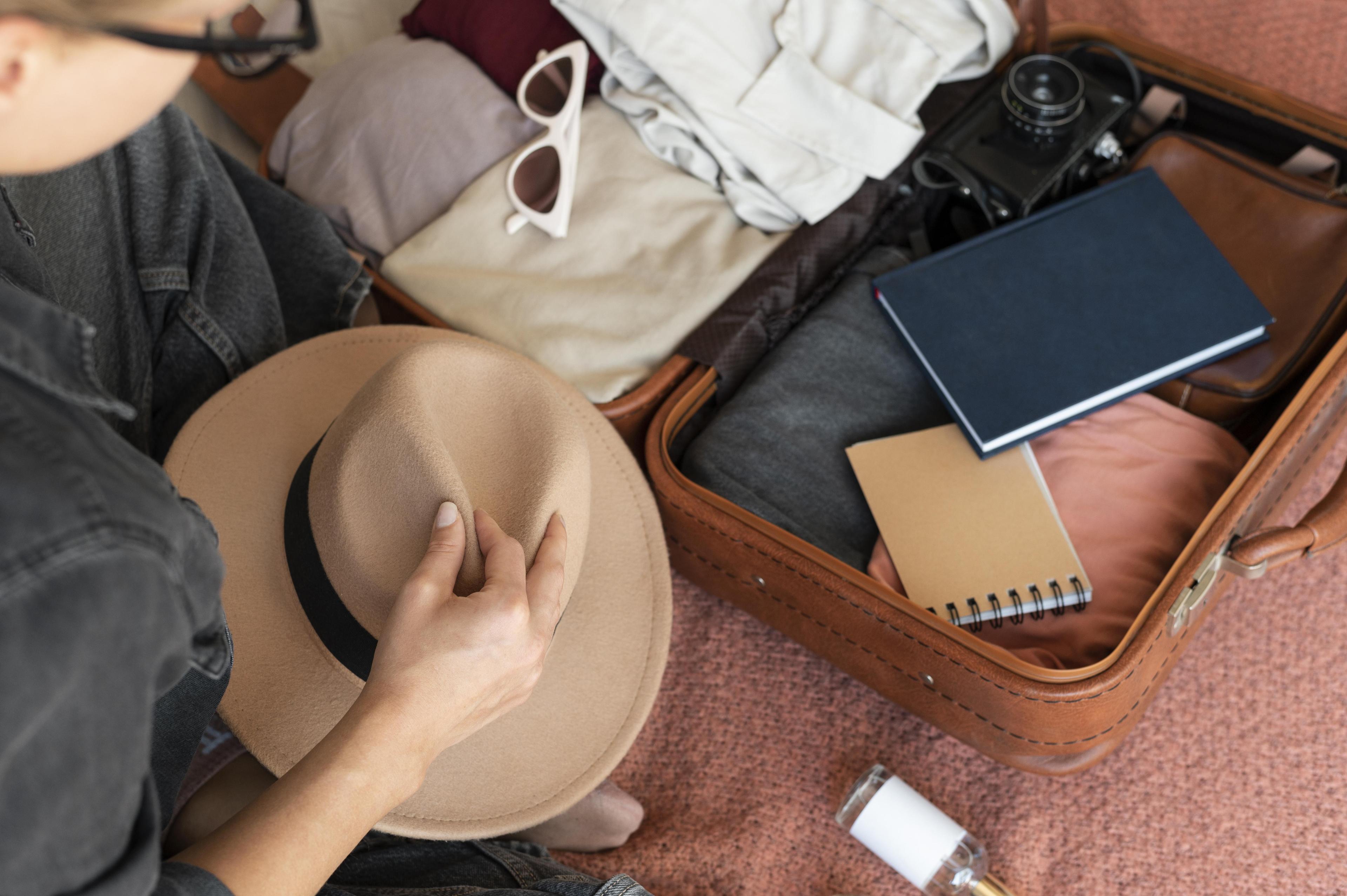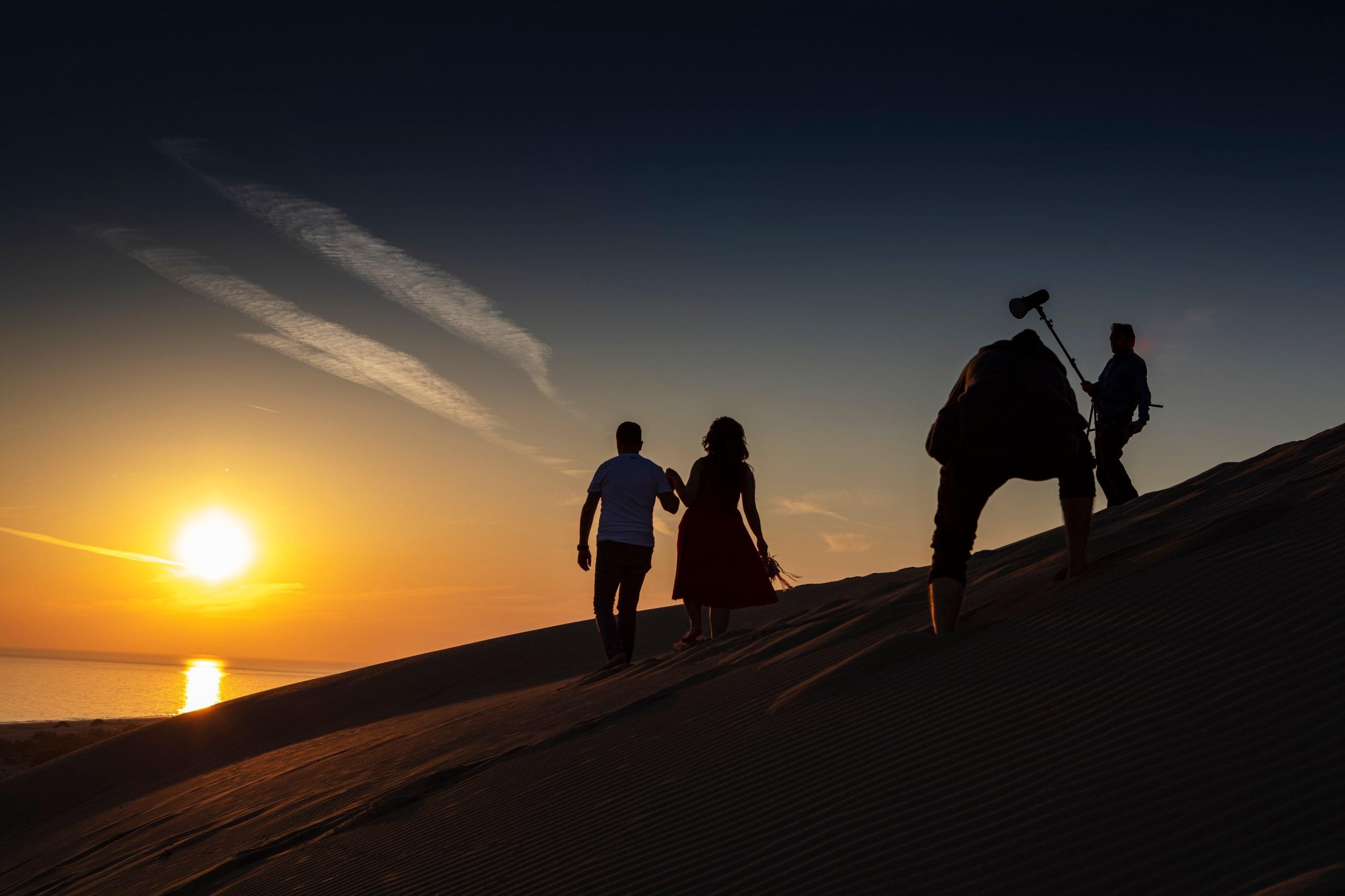Essential Packing Guide for Your Desert Safari Adventure
Preparing for a desert safari requires thoughtful packing to ensure comfort, safety, and enjoyment in an environment known for its extreme conditions. Whether you're planning a day trip or an extended desert expedition, this comprehensive guide will help you pack efficiently for your adventure.
Clothing Essentials
Daytime Attire
The desert sun can be intense, making protective clothing crucial:
- Lightweight, loose-fitting clothes: Choose natural fabrics like cotton or linen that breathe well and protect your skin from the sun while allowing air circulation.
- Long-sleeved shirts and long pants: Despite the heat, covering your skin provides better protection from the sun than exposing it.
- Light-colored clothing: Lighter colors reflect sunlight rather than absorbing it, helping you stay cooler.
- Wide-brimmed hat: Essential for protecting your face, neck, and ears from direct sunlight.
- Sunglasses with UV protection: Desert glare can be extremely harsh on your eyes.
- Bandana or scarf: Versatile for protecting your neck from sun, covering your face during dusty conditions, or soaking in water to cool down.
Evening and Overnight Necessities
Desert temperatures can drop dramatically after sunset:
- Warm jacket or fleece: Even in hot regions, nighttime temperatures can fall significantly.
- Thermal underlayers: For winter desert trips or regions known for cold nights.
- Beanie or warm hat: You lose significant body heat through your head in cold conditions.
- Gloves: Useful for cold evenings and early mornings.
Footwear
- Closed-toe shoes with good grip: Essential for walking on sand and protecting your feet from hot surfaces and potential hazards.
- Hiking boots: For desert treks or more adventurous safaris.
- Thick socks: Prevent sand from causing blisters and provide warmth during cold nights.
Sun Protection
The desert sun is relentless, making sun protection non-negotiable:
- High SPF sunscreen: Apply generously and reapply frequently, even on cloudy days.
- Lip balm with SPF: Lips can easily burn and become painfully chapped in desert conditions.
- After-sun lotion or aloe vera gel: Soothes skin after sun exposure.
Hydration and Nutrition
- Reusable water bottle: Stay hydrated by drinking more water than you think you need.
- Electrolyte tablets or powder: Replace minerals lost through sweating.
- Energy bars or trail mix: Compact, high-energy snacks for between meals.
Personal Care Items
- Hand sanitizer: Clean hands when water isn't available.
- Wet wipes: Refresh yourself and clean dust off your face and hands.
- Toilet paper: Not always available at desert rest stops.
- Personal medications: Bring extra supplies in case of delays.
- First aid kit: Include bandages, antiseptic wipes, pain relievers, anti-diarrhea medication, and any personal prescriptions.
- Insect repellent: Deserts have fewer insects than other environments, but they're not insect-free.
Photography and Electronics
- Camera with extra batteries: Cold nights can drain batteries faster than expected.
- Lens cleaning kit: Desert dust can be problematic for camera equipment.
- Protective cases: Shield electronics from sand and dust.
- Power bank: Keep devices charged, especially if camping.
- Zip-lock bags: Simple protection against sand for smaller electronics.
Camping Equipment (for Overnight Safaris)
- Sleeping bag: Choose one rated for the expected nighttime temperatures.
- Travel pillow: For comfort during overnight stays.
- Headlamp or flashlight: Essential for navigating camp at night.
- Multi-tool or pocket knife: Useful for various situations.
Documents and Money
- Identification: Passport, driver's license, or other ID.
- Travel insurance details: Keep physical and digital copies.
- Cash: Many desert locations don't accept credit cards.
- Emergency contacts: Written down, not just stored in your phone.
Desert-Specific Considerations
- Dust mask or respirator: Useful during sandstorms or for those with respiratory sensitivities.
- Binoculars: For wildlife spotting and appreciating distant landscapes.
- Field guide: Learn about desert flora, fauna, and geology.
Packing Tips
1. Use packing cubes or zip-lock bags to organize items and protect them from sand.
2. Pack in layers within your bag, with frequently needed items accessible.
3. Keep electronics and valuables in sealed, dust-proof containers.
4. Minimize packaging before your trip to reduce waste in the desert.
5. Consider weight and space if you'll be traveling in smaller vehicles.
What Not to Bring
- Excessive clothing: Pack versatile items that can be layered rather than many different outfits.
- Valuable jewelry: It can get lost in the sand or attract unwanted attention.
- Heavy books: Opt for e-readers if you want reading material.
- Scented products: These can attract insects.
Conclusion
Desert safaris offer incredible experiences, but the environment demands respect and preparation. By packing thoughtfully, you'll be ready to fully enjoy the magnificent landscapes, cultural experiences, and adventures that await you in the desert. Remember that different desert regions may have specific requirements, so research your particular destination and consult with your tour operator for any additional recommendations.




.jpg&w=3840&q=75)